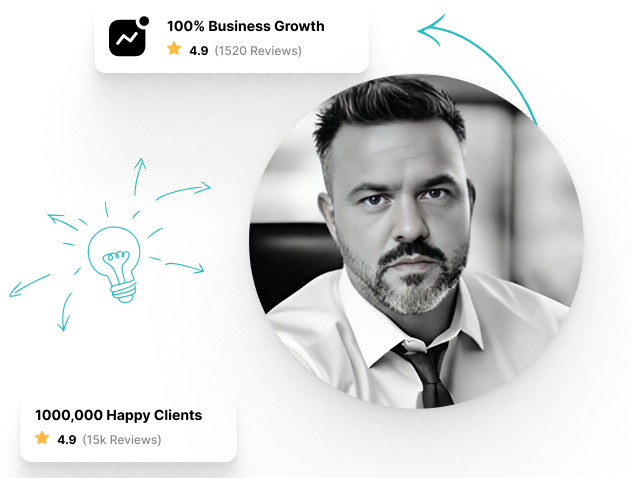Why “gut instinct” is now a liability — and data-driven acquisition is the new baseline for serious debt buyers.
For decades, the debt-buying industry operated on instinct. Deals were made on reputation, experience, and unwritten rules passed down from veteran to rookie. But in 2025, gut-based debt buying is no longer competitive — and in most cases, it’s financially dangerous.
Today, the buyers who win aren’t the ones with the strongest instinct.
They’re the ones with the strongest data.
This shift didn’t happen overnight.
It happened because the market changed faster than the old guard wanted to admit.
Why Gut-Based Debt Buying Has Failed
Gut-driven decision-making worked in a world where:
-
Portfolio behavior was predictable
-
Lending standards were stable
-
Consumer economics were consistent
-
Documentation was uniform
-
Sellers were transparent
-
Competition was minimal
None of those conditions exist anymore.
Instead, we now live in a market shaped by:
✅ Income volatility
✅ Housing affordability crises
✅ State-level economic divergence
✅ AI-enhanced collection strategies
✅ Increased regulatory scrutiny
✅ New creditor types (BNPL, fintech, marketplace lenders)
✅ Ultra-fast portfolio aging cycles
When the landscape changes, the strategy must change.
This is the fork in the road:
Operators who use data evolve.
Operators who rely on gut… disappear.
What Data-Driven Buyers Do Differently
Modern debt buyers outperform because they incorporate three pillars into every acquisition:
1. Debtor Quality Index (DQI) — True Collectibility Scoring
The DQI system evaluates collectibility across:
-
Account behavior
-
Prior placement performance
-
Documentation completeness
-
Balance-to-signal ratios
-
Risk band clustering
-
Creditor underwriting quality
-
Strategically important attributes
This replaces the industry’s old “balance and charge-off date” mindset with intelligent, adaptive scoring.
DQI doesn’t care about intuition.
It cares about probability.
2. Economic Strength Index (ESI) — Pricing Geography Correctly
The #1 overlooked driver of collections is where the debtor lives.
Most buyers still treat a ,000 account in rural Texas the same as one in Los Angeles or Miami.
They are not the same.
ESI incorporates:
-
State economic conditions
-
Local unemployment
-
County income
-
Census tract affordability metrics
-
Housing cost pressures
-
Wage-to-rent ratios
If you price portfolios without ESI, you’re betting blind.
3. AI Valuation Engine — The End of Guess-Based Pricing
Traditional pricing sounds like this:
“We usually pay X cents for this paper.”
That thinking is obsolete.
AI-based valuation models:
✅ simulate liquidation curves
✅ adjust for risk pockets
✅ reward high-yield clusters
✅ penalize incomplete documentation
✅ model strategy performance
✅ calculate ROI at multiple purchase prices
✅ remove buyer bias
✅ produce instant, data-backed bids
This gives you the answer your gut never could:
“What is the maximum price I can pay and still hit my target ROI?”
Debt Catalyst: Built to Replace the Old Way Entirely
Debt Catalyst was engineered to kill gut-based buying by creating a complete data ecosystem around debt acquisition.
✅ DQI — Dynamic collectibility scoring
✅ ESI — Economic Strength Index
✅ AI Recovery Blueprints
✅ AI Bidding Mode
✅ ROI Goal Seek Mode
✅ Portfolio Segmentation
✅ Strategy Alignment Modeling
✅ Performance Hub (post-acquisition feedback loop)
It doesn’t assist your underwriting.
It becomes your underwriting.
Why is gut instinct considered a liability in debt buying in 2025?
Gut instinct is considered a liability in debt buying in 2025 because the market has changed faster than intuition can adapt, and data-driven strategies now outperform gut-based decision-making in evaluating debt portfolios.
What are the main reasons gut-based debt buying has failed?
Gut-based debt buying has failed because the industry no longer operates under predictable portfolio behavior, stable lending standards, consistent consumer economics, transparent sellers, or minimal competition, all of which made intuition effective in the past.
How do data-driven buyers differ from traditional debt buyers?
Data-driven buyers incorporate advanced tools like Debtor Quality Index, Economic Strength Index, and AI valuation engines into every acquisition, allowing for more accurate and strategic decision-making based on data rather than intuition.
What is the Debtor Quality Index (DQI) and how does it improve debt buying?
The Debtor Quality Index evaluates collectibility across factors like account behavior, prior performance, documentation, and risk attributes, replacing guesswork with a probability-based assessment for better acquisition decisions.
What is the role of the AI Valuation Engine in modern debt buying strategies?
The AI Valuation Engine simulates liquidation curves, adjusts for risk, rewards high-yield clusters, and provides instant, data-backed bids, allowing buyers to determine the maximum price they can pay while hitting their ROI targets.


